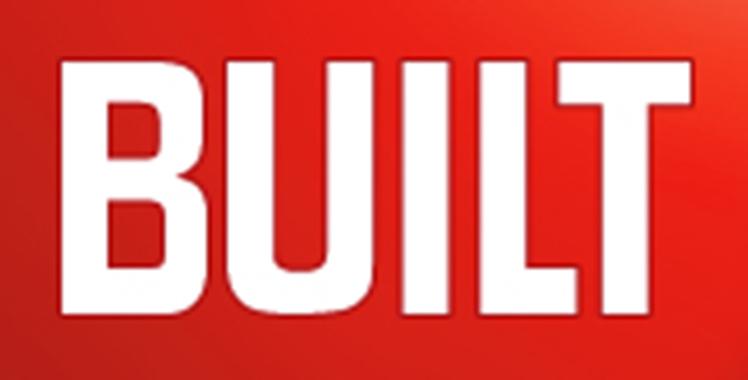
Understanding Buccal Fat Removal Surgery
Buccal fat removal, also known as buccal lipectomy, is a surgical procedure that involves the removal of fat pads from the cheeks. This procedure is gaining popularity among individuals who wish to achieve a more chiseled or contoured facial appearance. If you are considering this surgery, it is crucial to have a comprehensive understanding of the process, potential risks, and recovery period. Let’s delve into the details of buccal fat removal surgery, focusing on various aspects to help you make an informed decision.
What is Buccal Fat Removal Surgery?
Buccal fat removal surgery is designed to eliminate the buccal fat pads, which are located in the cheeks. These fat pads are a natural part of the human anatomy, but some individuals may feel that they contribute to a fuller or rounder face that they would like to change. The surgery is typically performed on an outpatient basis, under local or general anesthesia, depending on the patient’s preference and the surgeon’s recommendation.

Who is a Good Candidate for Buccal Fat Removal Surgery?
Not everyone is a suitable candidate for buccal fat removal surgery. Here are some factors that may make you a good candidate:
| Factors | Description |
|---|---|
| Age | Typically, individuals between the ages of 18 and 30 are considered ideal candidates, as the fat pads are more prominent during this age range. |
| Desire for Change | Patients should have a realistic understanding of what the surgery can and cannot achieve and be motivated by personal reasons, not societal pressure. |
| Healthy Lifestyle | Patients should be non-smokers and maintain a stable weight, as significant weight fluctuations can affect the results of the surgery. |
Preparation for Buccal Fat Removal Surgery
Before undergoing buccal fat removal surgery, you will need to undergo a thorough evaluation by your plastic surgeon. This evaluation may include a physical examination, medical history review, and possibly imaging studies. Your surgeon will also discuss the procedure, potential risks, and expected outcomes with you. It is essential to follow all pre-operative instructions, such as discontinuing certain medications and avoiding alcohol and smoking.
The Procedure
The buccal fat removal surgery is typically performed using small incisions inside the mouth, near the second and third molars. This allows the surgeon to access the buccal fat pads without visible scarring. The surgeon will then carefully remove the fat pads using surgical instruments. The procedure usually takes about 30 minutes to an hour, depending on the individual case.
Recovery from Buccal Fat Removal Surgery
After the surgery, you may experience some swelling, bruising, and discomfort in the cheeks. Your surgeon will provide you with specific instructions for post-operative care, including how to manage pain and swelling. Most patients can return to work or school within a week, but it may take several weeks for the swelling to resolve completely. Strenuous activities should be avoided for at least four to six weeks.
Risks and Complications
Like any surgical procedure, buccal fat removal surgery carries potential risks and complications. These may include:
- Swelling and bruising
- Pain and discomfort
- Infection
- Asymmetry
- Scarring
- Need for revision surgery
Long-Term Results
The long-term results of buccal fat removal surgery can vary from person to person. While the procedure can provide a more chiseled or contoured facial appearance, it is essential to maintain a healthy lifestyle and weight to preserve the results. In some cases, the buccal fat pads may re-grow over time, but this is not common.
Conclusion
Buccal fat removal surgery can be a transformative procedure for individuals seeking a more defined facial appearance. However, it is crucial to research and consult with a qualified plastic surgeon to ensure that you are a suitable candidate and understand the potential risks and recovery process. By making an informed decision, you can achieve the desired outcome and enjoy the benefits of a more contoured face.





